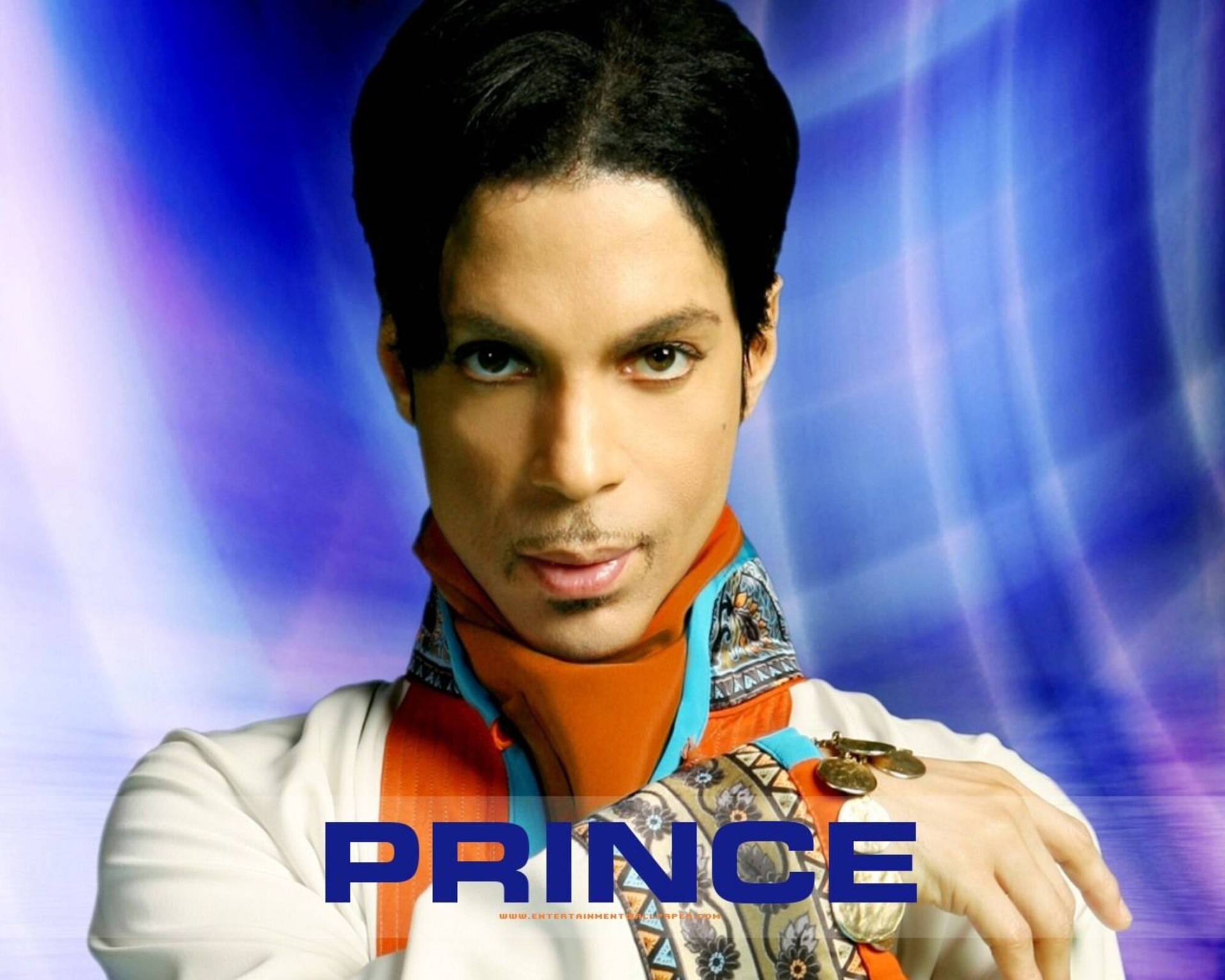The world of music recently marked the passing of a true titan, Hermeto Pascoal, the self-taught Brazilian visionary who seamlessly blended the intricate forms of jazz with the vibrant rhythms of his homeland. He died on September 13, 2025, at the age of 89, near his first home in Rio de Janeiro, succumbing to the strains of lingering multiple organ failure. His family’s announcement on Instagram, asking fans to “let a single note ring — from an instrument, your voice, or a kettle — and offer it to the universe,” was a poignant echo of his lifelong dedication to universal sound.
Pascoal was not merely a musician; he was a phenomenon, an architect of sound whose influence transcended genres and borders. Miles Davis, never one to mince words, famously declared Pascoal “the most important musician on the planet,” a sentiment echoed by Wynton Marsalis, who, upon presenting Pascoal with an honorary doctorate from the Juilliard School of Music in 2023, hailed him as “a towering central figure” whose “influence and creativity are felt in every corner of the world.” These tributes underscore the immense respect he garnered from the jazz pantheon, yet they only begin to capture the essence of his singular genius.
His passing leaves a void, but his legacy, rich with innovation, boundless experimentation, and an infectious joy for creation, continues to resonate. From his humble beginnings in rural Brazil, overcoming physical challenges to become a globally celebrated artist, Pascoal’s journey is a testament to the power of intuition and an unyielding passion for music. This article delves into the remarkable life and enduring contributions of Hermeto Pascoal, exploring the facets that made him truly incomparable.
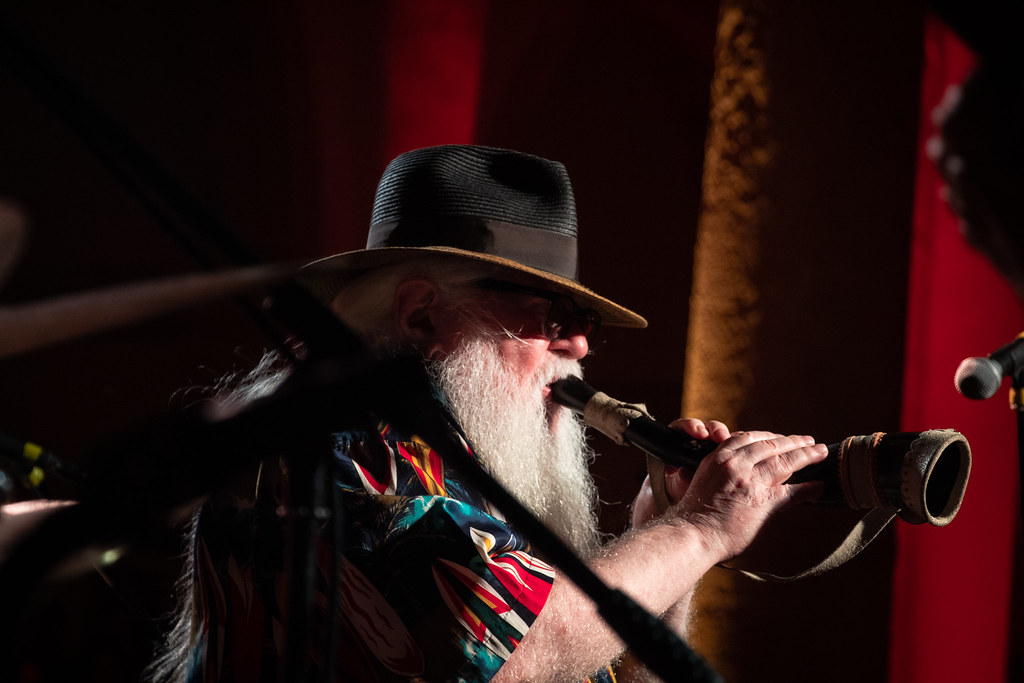
1. A Prolific Legacy
Hermeto Pascoal’s career was defined by an astonishingly prolific output, a testament to his relentless creative drive. He composed over 2,000 instrumental pieces, and according to some estimates, like that from the Barbican, he created more than 10,000 compositions throughout his lifetime. This vast body of work not only showcased his unique aesthetic but also profoundly influenced generations of musicians across the globe.
Brazilian President Luiz Inácio Lula da Silva, in a statement following Pascoal’s death, articulated this influence, stating, “The talent and tireless creativity of this Alagoan from Arapiraca made him internationally famous and influenced generations of musicians from around the world.” This sentiment highlights how deeply embedded Pascoal’s work became in the cultural fabric of Brazil and beyond. His compositions, whether intricate or spontaneous, were always imbued with a spirit of innovation that inspired countless artists to push their own boundaries.
Even in his later years, Pascoal continued to create and be recognized for his enduring artistry. Just last November, his album “Pra Você, Ilza” received a Latin Grammy Award in the Best Latin Jazz/Best Jazz Album category. This late-career accolade underscored his sustained vitality and relevance, proving that his creative wellspring never diminished, continuing to flow with fresh ideas until the very end of his life.
Read more about: Reese Witherspoon’s Journey: From Southern Roots to Hollywood Royalty and Beyond
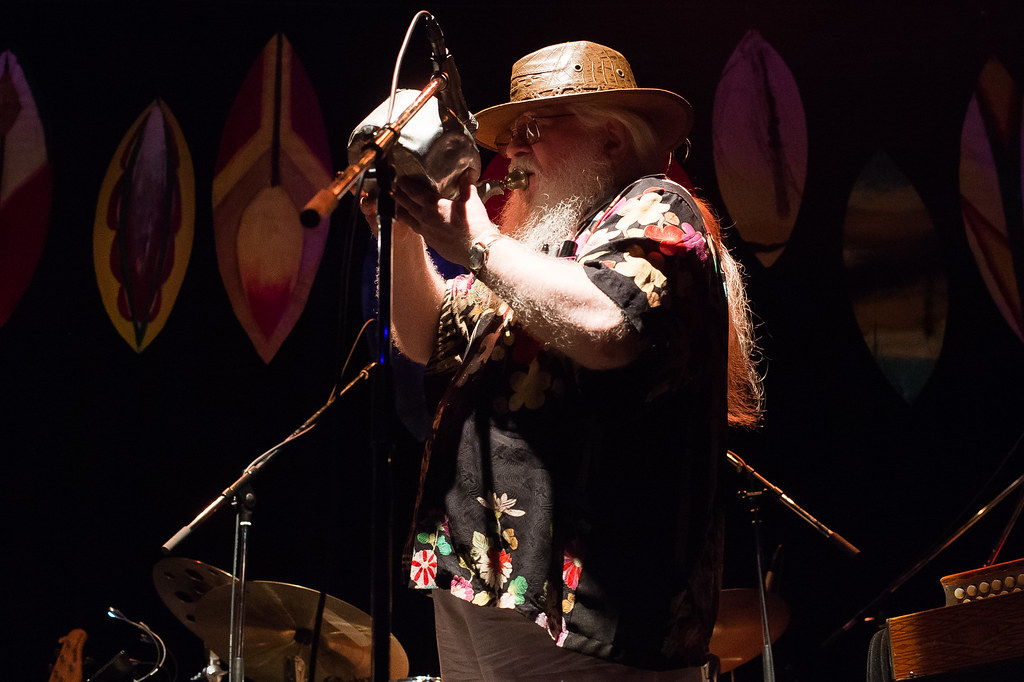
2. The ‘Sorcerer’ of Sounds
Known affectionately in Brazil as “The Sorcerer” or “O Bruxo,” and sometimes “The Mad Genius,” Hermeto Pascoal embodied a persona as distinctive as his music. His instantly recognizable appearance — with his long, unkempt white hair, thick beard, and often described childlike demeanor — contributed to the mystique that surrounded him. This visual identity was not merely superficial; it was an extension of his free-spirited approach to art and life.
This wild-man appearance often led some observers to initially perceive him as an eccentric. He welcomed live pigs into the studio during the recording of his 1976 album, “Slaves Mass,” and was known for blowing and pounding on household tools and utensils. Such actions, while unconventional, were not acts of mere spectacle; they were deeply integrated into his artistic vision, demonstrating his belief that music could be found and created from anywhere and anything.
However, for those who truly understood his work, the perceived eccentricity was merely the surface of a profound visionary. Wynton Marsalis, in his Juilliard honorary doctorate presentation, eloquently captured this duality, addressing Pascoal as “exalted master” and acknowledging that every musician who worked with him was “forever touched by your magic.” Critics like Howard Mandel, writing in DownBeat magazine, further cemented this view by comparing him to other notable eccentrics and individualists like Sun Ra and Rahsaan Roland Kirk, placing Pascoal within a lineage of avant-garde pioneers.
Read more about: Hermeto Pascoal, The Sorcerer of Sounds: A Profound Look at a Brazilian Musical Giant’s Life and Unconventional Art
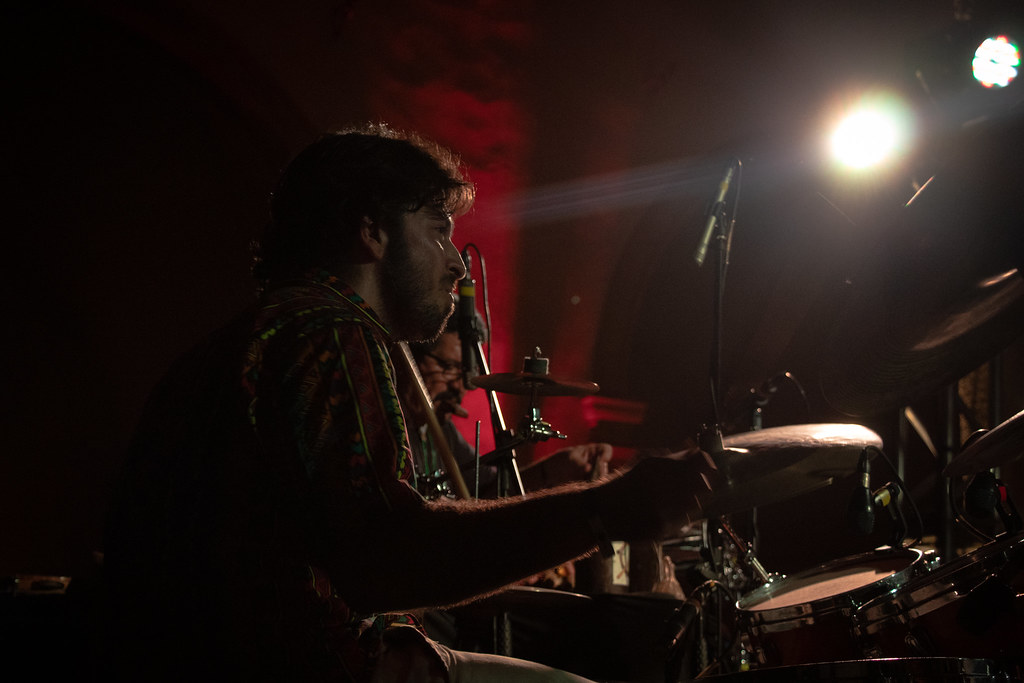
3. An Unparalleled Musical Philosophy
Hermeto Pascoal famously summarized his approach to music by stating, “I don’t play one style, I play nearly all of them.” This was not a boast but a profound articulation of his aesthetic, one that celebrated freedom and open-ended experimentation above rigid categorization. His music was a vibrant tapestry woven from a multitude of threads, defying fixed labels and constantly evolving.
Pascoal’s compositions were a zealous mash-up of diverse musical traditions, effortlessly blending baião, frevo, chorinho, and samba with elements of classical music, musique concrète, and polyrhythmic jazz. He often explored these fusions long before such cross-genre explorations became widely recognized or named. This approach made his music incredibly rich and complex, yet always accessible due to its inherent vitality and rhythmic pulse.
The resulting sound was often described as a “hurricane of multiple musics,” a forceful, creative energy that could feel like “a hot wind banging against a wall of sound, then scattering like rain showers across Pascoal’s intricately arranged melodies.” This vivid imagery captures the dynamic and fluid nature of his compositions, which could shift from dense orchestrations to spontaneous improvisations with remarkable grace and precision. His philosophy was simple yet revolutionary: constant change and exploration were the keys to keeping music alive, for, as he once noted, “You cannot keep (using) all the same formulas and repeat them over and over, because then you die.”
Read more about: Sabrina Carpenter’s Vogue Italia Cover: The Uncanny Madonna Resemblance That Has Everyone Talking
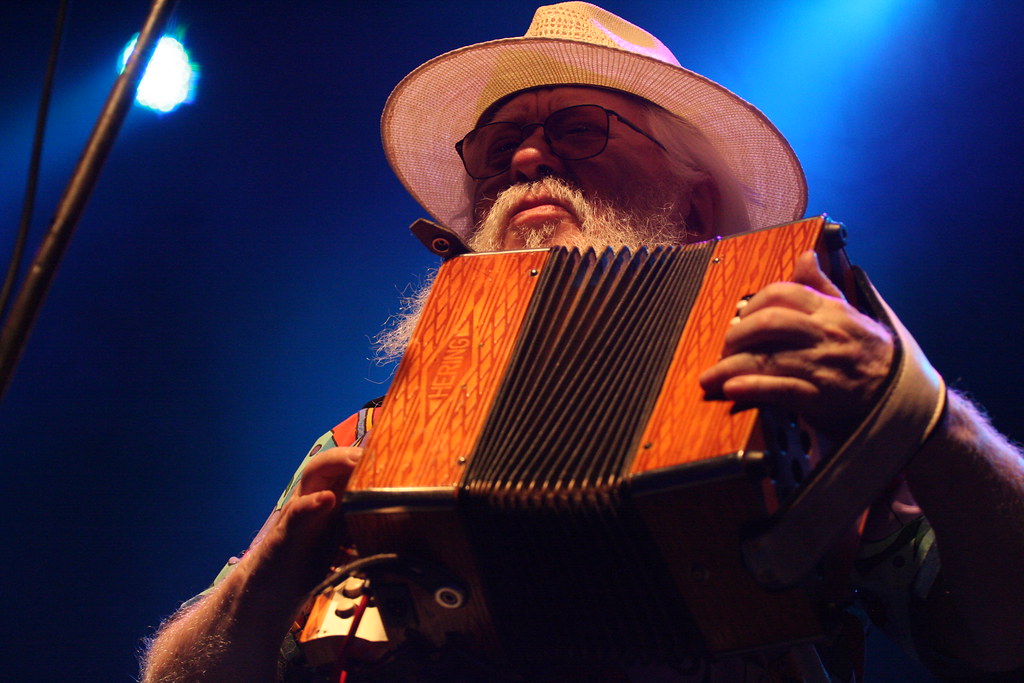
4. The Unexpected Orchestra
Perhaps one of the most celebrated aspects of Hermeto Pascoal’s artistry was his extraordinary ability to coax music from the most unexpected sources, transforming everyday objects into instruments. His concerts and recordings were a playground for sound, where conventional instruments coexisted with an array of items whose musical capacity only he seemed able to imagine. This innovative practice expanded the very definition of what constitutes a musical instrument.
Pascoal’s unconventional orchestra included bath toys, teapots, tuned bottles of water, bicycle pumps, chairs, dolls, and even anvils. He famously used his own beard to create sounds, and his performances sometimes featured miniature electric trains traversing the stage. These elements were not gimmicks; they were integral components of his compositions, adding unique textures and colors to his already complex soundscapes, delighting audiences with their sheer inventiveness.
His 1976 album, “Slaves Mass,” recorded for Warner Bros. Records, contains perhaps the most famous example of this experimental approach. During the recording sessions, Pascoal brought a pair of live pigs into the studio, incorporating their squeals into the mix as if they were bagpipes. A subsequent album, released in 1977, featured a photograph of him with a piglet on its back cover, underscoring the sincerity of his experimental methods. He also led water-immersive musicality with band members playing in a lagoon for “Música da Lagoa,” captured in the ecological documentary “Sinfonia do Alto Ribeira,” further illustrating his profound connection to natural sounds and environments.
Read more about: Serena Williams and Fashion’s Elite Reign Supreme: Unpacking the Most Electrifying Celebrity Style Moments from Milan & London Fashion Weeks

5. Miles Davis and the American Journey
Hermeto Pascoal’s journey to international renown was significantly propelled by his association with American jazz giants, most notably Miles Davis. It was at the urging of percussionist and bandleader Airto Moreira, who had joined Miles Davis’s ensemble, that Pascoal ventured to the United States in late 1969. This move marked a pivotal moment, introducing his groundbreaking genius to a wider, appreciative audience in the American jazz scene.
His time with Davis, though brief, proved exceptionally fruitful. Pascoal contributed three of his “otherworldly compositions” — “Igrejinha” (“Little Church”), “Nem Um Talvez” (“Not Even a Maybe”), and “Selim” — to Davis’s seminal 1971 album, “Live-Evil.” This collaboration placed Pascoal’s unique harmonic and rhythmic sensibilities at the forefront of contemporary jazz, earning him immediate and lasting recognition among his peers. The intricate, zigzagging melody lines and dense orchestrations that characterized his work captivated musicians and critics alike.
Davis, famously discerning, was so profoundly impressed that he called Pascoal “the most important musician on the planet” and later referred to him as “the most impressive musician in the world.” He even affectionately nicknamed Pascoal “that crazy albino,” a moniker Pascoal reportedly embraced with humor. This endorsement from one of jazz’s undisputed legends cemented Pascoal’s international stature and kickstarted a global career that continued well into his 80s, influencing countless artists who sought out his early recordings and spoke of his magic.
Read more about: Melissa Gilbert’s Extraordinary Journey: How Her Birth Father Recognized Her on ‘Little House on the Prairie’
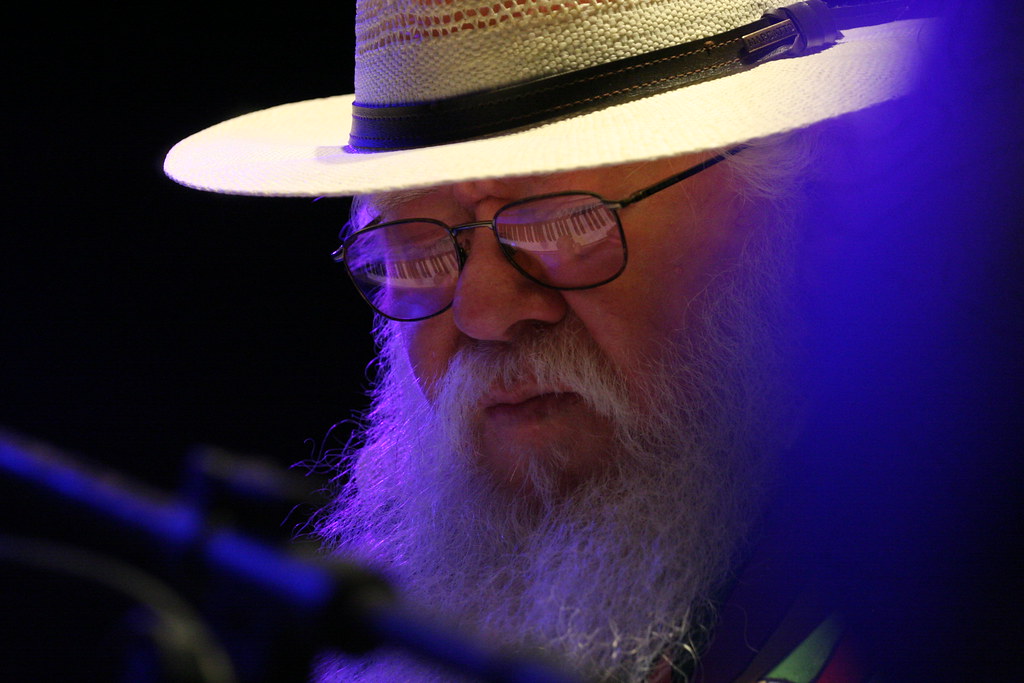
6.From Rural Alagoas to Global Acclaim
Hermeto Pascoal Oliveira da Costa was born on June 22, 1936, in Olho d’Água das Flores, a rural settlement in the impoverished northeastern Brazilian state of Alagoas, specifically in Lagoa da Canoa. His early life was marked by the distinct circumstances of his albinism, which prevented him from working in the fields under the harsh tropical sun alongside his farmworker parents. This inability to engage in outdoor labor, however, became a catalyst for his musical destiny.
Confined indoors, the young Pascoal turned his attention to music, teaching himself to play his father’s small button accordion at the tender age of seven. He also fashioned a fife from a dried gourd, beginning a lifelong exploration of sound through self-instruction and intuition. This early immersion laid the foundation for his formidable multi-instrumental skills, starting with the sanfona (button accordion) before he moved on to master the flute and saxophone.
His precocious talent quickly became evident, leading him to perform professionally at age ten at rural dances and weddings. By his teens, his prowess had spread, and he joined ensembles with his father and brother, played at local gatherings, and eventually moved into a steady diet of forró. His journey then led him to Rio de Janeiro, where he joined a radio orchestra and immersed himself in the glittering city’s burgeoning nightclub jazz scene, marking the transition from rural privation to the vibrant stages that would soon introduce him to the world.
Read more about: Hermeto Pascoal, The Sorcerer of Sounds: A Profound Look at a Brazilian Musical Giant’s Life and Unconventional Art
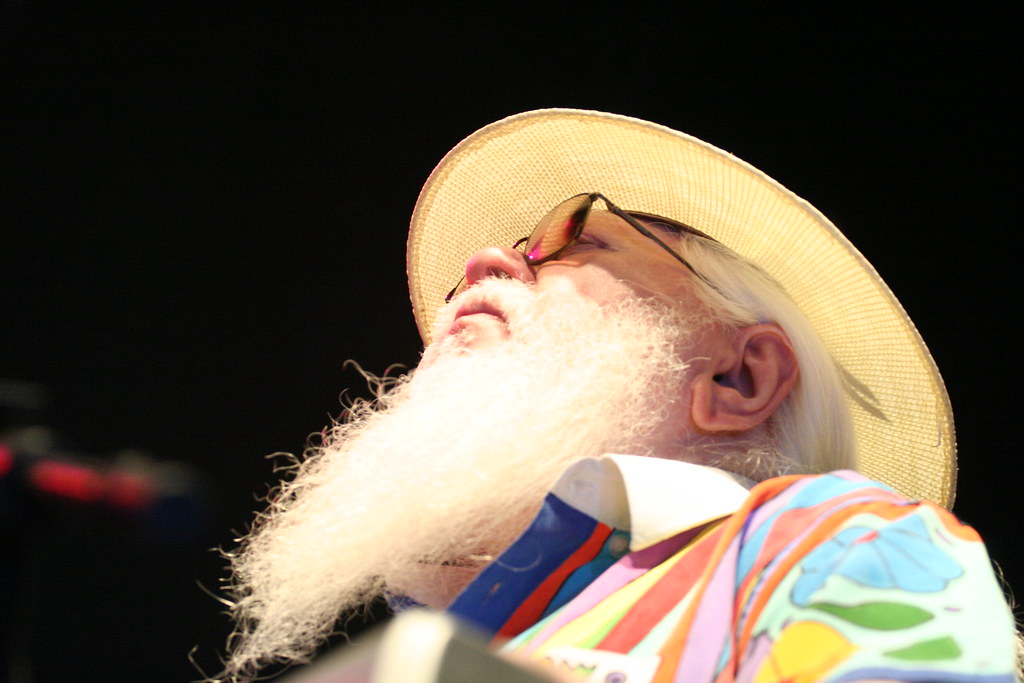
7. The Virtuoso Multi-Instrumentalist
Beyond his initial self-taught mastery of the button accordion and fife, Hermeto Pascoal rapidly expanded his instrumental repertoire, demonstrating an extraordinary aptitude for music across a wide array of conventional instruments. His primary instruments eventually became the piano and the flute, on which he performed with remarkable proficiency and inventiveness, crafting intricate melodies and harmonies that became hallmarks of his style.
His multi-instrumental prowess extended significantly to tenor and soprano saxophones, guitar, drums, accordion, euphonium, and various other keyboard, reed, brass, and percussion instruments. This comprehensive command allowed him to shift fluidly between roles within his ensembles and to orchestrate complex soundscapes that were rich in texture and dynamic contrast. Audiences and critics alike were captivated by his seamless transitions and the depth of his understanding of each instrument’s capabilities.
Pascoal’s ability to master such a diverse range of instruments underscored his profound connection to sound itself, rather than adherence to any single instrumental tradition. This breadth enabled him to realize his ambitious compositional visions fully, blurring the lines between what was considered a traditional instrument and the unconventional objects he famously incorporated. His hands, as Wynton Marsalis noted, were constantly creating, reflecting a relentless creative impulse.
His self-taught journey from the sanfona to the complex harmonies of the piano and the intricate lines of the saxophone speaks volumes about his innate musical genius. He demonstrated that true musicality transcends formal training, finding its truest expression in an unyielding dedication to exploration and an intuitive understanding of the sonic world around him.
Read more about: Hermeto Pascoal, The Sorcerer of Sounds: A Profound Look at a Brazilian Musical Giant’s Life and Unconventional Art
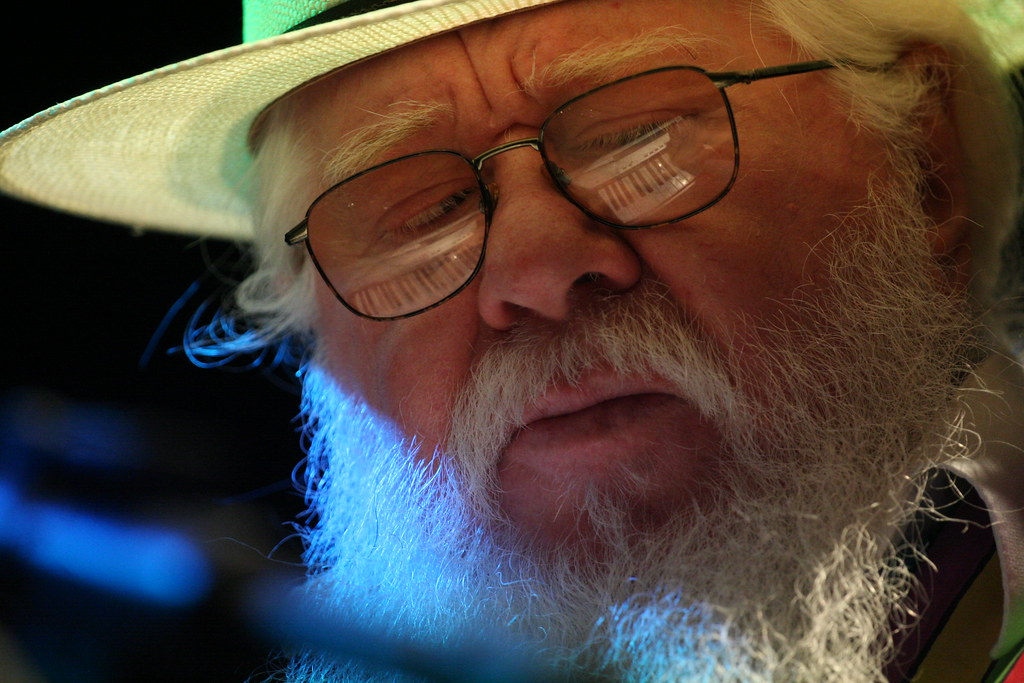
8. Architect of Brazilian Jazz Fusion
Hermeto Pascoal’s musical aesthetic was defined by a profound sense of freedom and open-ended experimentation, allowing him to forge a unique synthesis of sounds that predated widely recognized cross-genre movements. He masterfully integrated lesser-known Brazilian styles such as baião, frevo, chorinho, and samba with sophisticated elements of classical music, musique concrète, and complex polyrhythmic jazz, creating what was often described as a “hurricane of multiple musics.”
His early career saw him deeply embedded in significant Brazilian musical movements. In 1964, he joined the percussionist Airto Moreira in the Rio-based Quarteto Novo, a group that backed prominent Brazilian stars like Edu Lobo and Geraldo Vandré and worked with the emerging singer Elis Regina. This period was crucial in building his reputation as an adaptable and resourceful composer and arranger capable of blending jazz with northeastern folk styles.
By 1969, Pascoal released the “wildly psychedelic Brazilian Octopus album,” which found a natural home within the vibrant Tropicália movement, sharing its spirit of avant-garde exploration alongside artists like Caetano Veloso, Os Mutantes, Gal Costa, and Tom Zé. His contributions to albums by Airto Moreira, Flora Purim, and Edu Lobo in the early 1970s further solidified his position within the gently evolving Brazilian jazz movement.
Despite his deep collaborations with American jazz giants like Miles Davis, Pascoal consistently rejected the label of being solely a jazz musician. He emphasized that his work owed as much to Brazilian musical forms like chorinho and samba as it did to jazz, embodying a liquid, ever-changing approach where he was “already doing something else” when observers tried to categorize him. This philosophy ensured his music remained vibrant, rooted in diverse traditions yet perpetually innovative.
Read more about: Hermeto Pascoal, The Sorcerer of Sounds: A Profound Look at a Brazilian Musical Giant’s Life and Unconventional Art
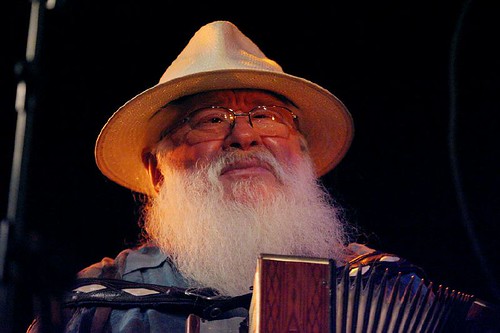
9. The “Calendário do Som” and Other Unique Projects
Among Hermeto Pascoal’s most ambitious and imaginative undertakings was the “Calendário do Som” (Calendar of Sound) project, initiated between 1996 and 1997. This whimsical endeavor saw him commit to writing one unique song for every single day of the year, including February 29th, with the charming intent that everyone could have a personalized birthday song. Though these compositions were never officially released on CD, the notated “Calendar of Sound” was eventually published in book form, becoming a highly sought-after collector’s item among musicians and a testament to his unparalleled creative discipline.
Pascoal was described as a “compulsive composer,” possessing a “constant flow of fresh ideas” that he documented wherever inspiration struck. Wynton Marsalis vividly recounted how Pascoal would write these ideas on “paper napkins, concert programs, hats — like the one you are wearing today — and that you draw like artwork on the walls that you pass.” This relentless, almost involuntary act of creation highlighted his intrinsic connection to music, an “unquenchable fury” that drove his daily life.
His unique compositional projects extended to other forms of artistic exploration. In 2003, his music became the subject of “Serenata: The Music of Hermeto Pascoal,” a significant work by Mike Marshall and Jovino Santos Neto, a former member of Pascoal’s band. Additionally, vibraphonist Erik Charlston and his group JazzBrasil have explored Pascoal’s extensive musical catalog through recordings like “Essentially Hermeto” (2011) and “Hermeto: Voice and Wind” (2019), demonstrating the enduring fascination with his complex and innovative compositions.
Pascoal’s reputation as a prolific and resourceful composer was also built on his remarkable ability to write rapidly and orchestrate or arrange hundreds of songs for other artists. This skill, combined with his distinctive approach to blending jazz and northeastern folk styles, solidified his standing not only as a visionary performer but also as a foundational architect of contemporary Brazilian music.
Read more about: Hermeto Pascoal, The Sorcerer of Sounds: A Profound Look at a Brazilian Musical Giant’s Life and Unconventional Art
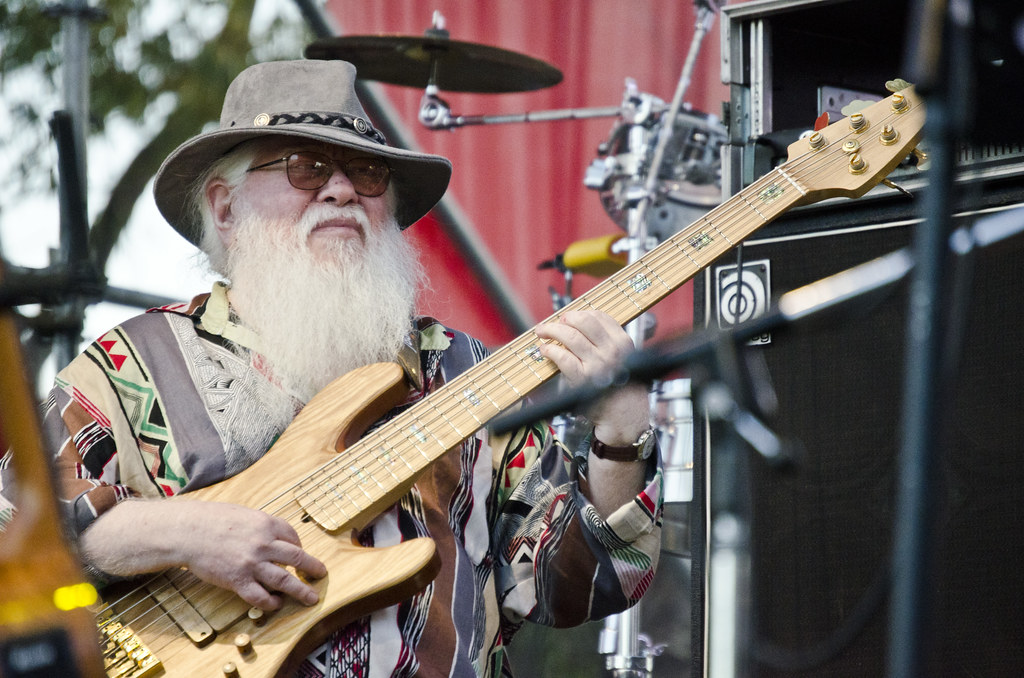
10. Music as a Universal Language: The Life Philosophy
Hermeto Pascoal’s understanding of music transcended conventional definitions, embracing an overarching life philosophy where every aspect of existence was infused with sound and potential composition. He famously stated, “Since everything is an instrument, from the burble of water to a symphony orchestra, there is never a moment I am without music.” This perspective positioned him as an artist who perceived the entire world as his orchestra, constantly listening and drawing inspiration from the most mundane and natural elements.
This profound belief was eloquently reflected in the family’s poignant request upon his passing, asking fans and followers “to let a single note ring — from an instrument, your voice, or a kettle — and offer it to the universe.” This gesture encapsulated Pascoal’s lifelong dedication to the universal presence of sound, encouraging a collective acknowledgment of music’s pervasive spiritual essence that he cherished above all.
For Pascoal, music was not merely a profession but an intrinsic part of his being, a sacred force that guided his every breath. “I was born music; I haven’t done anything without music,” he told the Brazilian newspaper Folha de S.Paulo. He further emphasized this conviction by stating, “What I write on a toilet bowl is as important as what I write on any paper, because music is sacred,” illustrating his unyielding reverence for the creative act in any form or setting.
His connection to natural sounds was also a cornerstone of this philosophy, evident in his childhood experiments playing flutes with birds, frogs, and horses. Later, his “Música da Lagoa” project, captured in the ecological documentary “Sinfonia do Alto Ribeira,” featured band members playing music immersed in a lagoon, using glass bottles, flutes, and the sounds of the stream to compose a gentle melody that resonated with the spirit of their natural surroundings.
Ultimately, Pascoal’s revolutionary philosophy championed constant evolution and resistance to stagnation. “You cannot keep (using) all the same formulas and repeat them over and over, because then you die,” he asserted. This commitment to continuous change, mingling diverse elements, and perpetually refreshing his approach was the core of his musical and existential outlook, ensuring his artistic vitality until his final days.
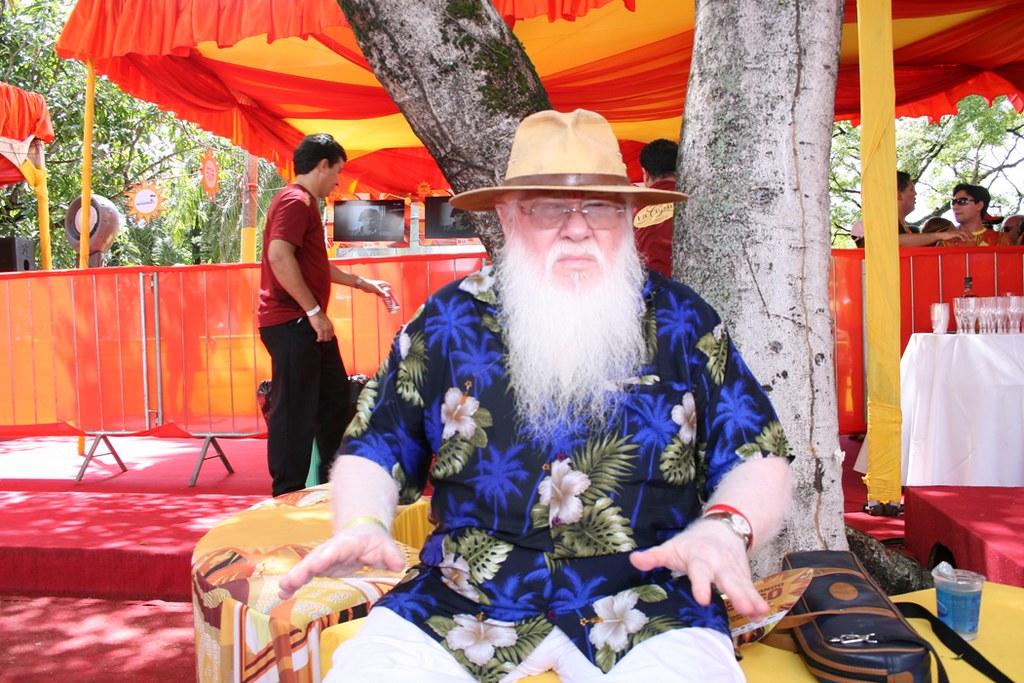
11. Enduring Influence and Global Collaborations
Hermeto Pascoal’s impact resonated far beyond his direct performances and recordings, influencing a wide array of prominent musicians across various genres. His unique compositions were recorded by celebrated jazz artists, extending his musical footprint into the repertoires of legends such as Cannonball Adderley, Gil Evans, John McLaughlin, and the esteemed jazz bass great Charlie Haden. These interpretations by his peers underscored the profound respect and admiration he commanded within the global music community.
His significance was further recognized through commissioned works from prestigious ensembles, including the Kronos Quartet. Pascoal composed “Marcando Tempo” (“Marking Time”) for the quartet, a piece that subsequently became a regular and highly regarded part of their repertoire. This collaboration showcased his ability to transcend conventional jazz contexts and engage with the classical music world, further cementing his reputation as a composer of extraordinary versatility and depth.
Throughout his career, particularly as Brazil became a more accessible touring destination, visiting foreign musicians actively sought out opportunities to collaborate with Pascoal. Jazz luminaries such as Stan Getz, Dizzy Gillespie, and Chick Corea frequently invited him to join them onstage when they performed in Rio or São Paulo, eager to experience and share his unique musical magic. These impromptu collaborations highlighted his revered status among international artists.
Formal accolades from esteemed institutions also marked his enduring influence. In 2023, the Juilliard School of Music awarded him an honorary doctorate in music, presented by the jazz trumpeter Wynton Marsalis. Marsalis, addressing Pascoal as “exalted master,” underscored his status as “a towering central figure” whose “influence and creativity are felt in every corner of the world,” affirming his global reach and lasting legacy.
Moreover, a younger generation of musicians in the United States and Europe consistently sought out Pascoal’s early recordings, often discussing his unique approach in music publications and carrying his innovative spirit forward. His adroit use of electronic sampling, for example, notably predated its widespread adoption in hip-hop, positioning him as a forward-thinking innovator whose ideas continued to inspire and shape contemporary musical practices long after their initial conception.
Read more about: From Telenovela Star to MCU Hero: Salma Hayek’s Unstoppable Journey Through Hollywood and Beyond!
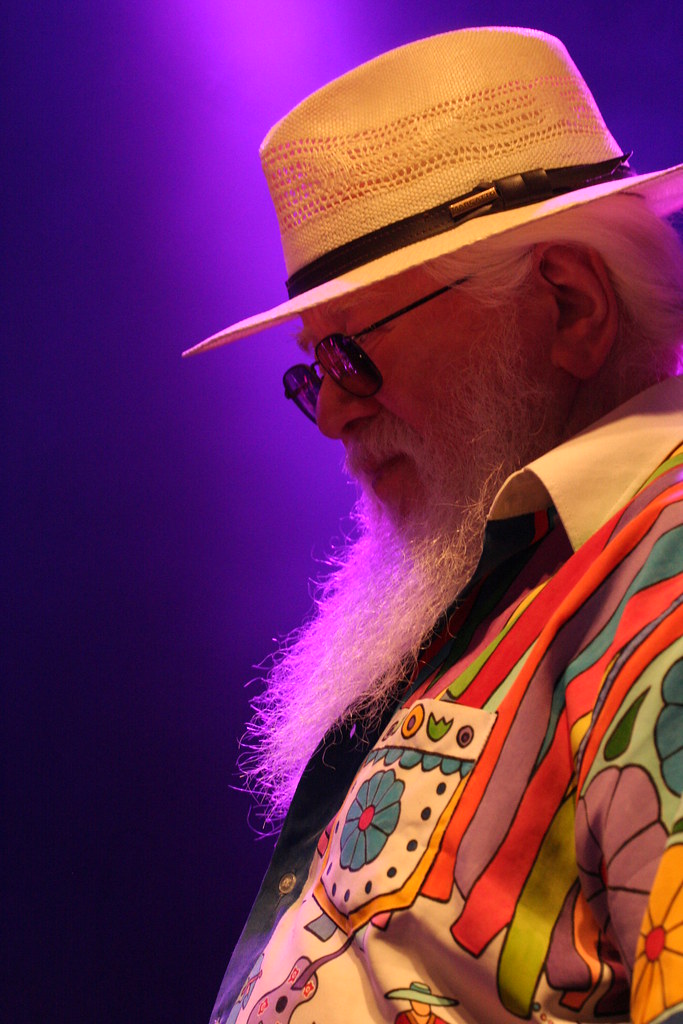
12. His Permanent Band and Later Years
Upon his return to Brazil in the mid-1970s, firmly established with an international reputation, Hermeto Pascoal achieved a significant milestone: the formation of his own permanent band, affectionately known as Grupo. This stable ensemble became the primary vehicle for his unique sound and extensive repertoire, allowing for the rigorous rehearsals and deep musical understanding necessary to execute his complex compositions with precision and fluidity. These rehearsals were renowned for their intensity, often lasting eight to ten hours daily, with a changing repertoire of fifty of his compositions.
Despite commercial engagements at home often being few, the cohesion and interpretive depth developed within Grupo allowed Pascoal to consistently explore and refine his musical vision. Together, he and his band made numerous records, crafting an idiom that was primarily jazz but also rich with elements of bossa nova and various Brazilian folk musics. This sustained collaboration ensured that his innovative spirit was not just a solo endeavor but a shared journey of musical discovery.
Pascoal maintained an extraordinary level of creative output and performance vitality well into his later years. He continued to perform actively until August of 2025, just weeks before his passing, a testament to his unwavering dedication to his art and his seemingly inexhaustible creative wellspring. This sustained presence on stage and in the studio ensured that his “constant flow of fresh ideas” never ceased, perpetually engaging audiences with his dynamic artistry.
His lasting relevance and continued recognition were powerfully affirmed when his album “Pra Você, Ilza,” released in his later career, received a Latin Grammy Award in the Best Latin Jazz/Best Jazz Album category in November 2024. This prestigious accolade underscored his enduring impact and confirmed that his innovative spirit remained potent and celebrated by the music industry, even decades after his initial ascent to international fame.
The profound legacy of Hermeto Pascoal is multifaceted, extending beyond his prolific output and groundbreaking innovations to the six children, thirteen grandchildren, and ten great-grandchildren he leaves behind. His family’s tender message for fans to “let a single note ring” as a tribute encapsulates the enduring resonance of a musician who truly believed he was born music, a belief that will continue to inspire generations to find harmony and rhythm in every corner of the universe.
Read more about: Celine Dion’s Unprecedented Revelation: The True Story Behind 14 Years of Silence and Her Stiff Person Syndrome Battle
Hermeto Pascoal, the self-proclaimed ‘musician before I came to this world,’ has left an indelible mark, demonstrating that music is a boundless realm of intuitive expression. His life was a testament to the power of unbridled creativity, reminding us that sounds exist everywhere, waiting to be heard and harmonized. As the echoes of his unconventional genius continue to reverberate, his legacy remains a vibrant, ever-changing testament to the universal language of sound, ensuring that the sorcerer’s magic will forever enchant the world.

